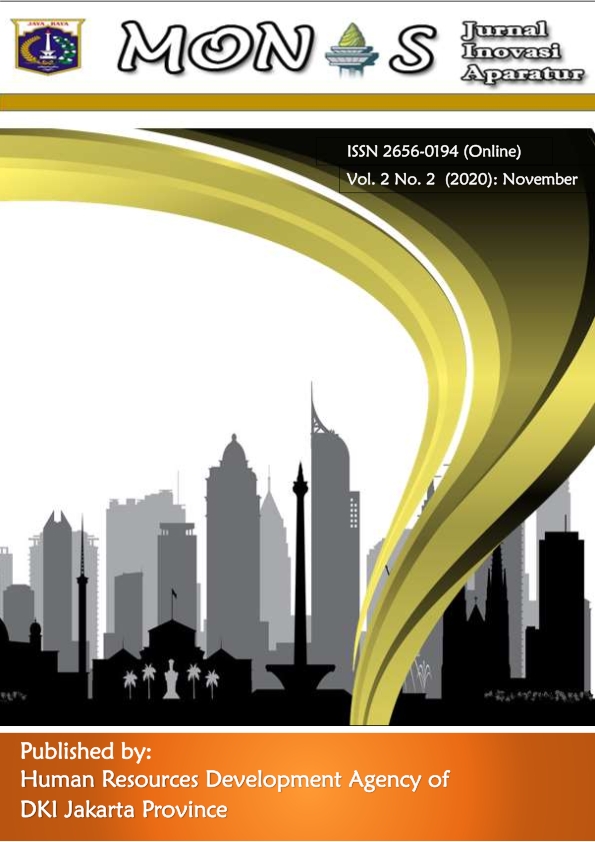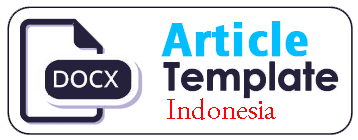Efforts to improve learning outcomes for anti-corruption subjects with the cebperdis method in CPNS basic training
DOI:
https://doi.org/10.54849/monas.v2i2.54Keywords:
Anti Corruption, CEBPERDIS Method, CPNSAbstract
Measured from age and level of education, West Kalimantan Provincial Civil Servant Basic Training Participants in 2019 include adults, therefore it is necessary to apply appropriate learning methods for adults in improving their learning outcomes. The learning method applied for the Anti-Corruption Training Course is the CEBPERDIS Method. The CEBPERDIS method is a learning method that is a combination of the Pictorial Lecture Method (CEB), the Assignment and Recitation Method (PER), and the Discussion Method (DIS), which is applied sequentially in a class, this method optimizes the function of the ears, eyes, mouth, hands, and brain to improve thinking power, comprehension, and memory, as well as improve speaking and creativity skills of each trainee. To determine how to improve the learning outcomes of anti-corruption training with the CEBPERDIS method for CPNS basic training participants, a level 2 action research was carried out using one group pretest-posttest design experimental research method with quantitative and qualitative approaches, data collection technique using a pre-test, post-test, and observation as well as data analysis technique with descriptive quantitative and qualitative methods. From the results of the study, it is known that the average increase in learning outcomes of the Anti-Corruption Training Course for CPNS Basic Training Participants after being taught by the CEBPERDIS method is 68.77% from the initial score of 59.81 to an average of 96.69. The Training Participants are very active and enthusiastic in participating in the learning and not sleepy and not sleeping so that the learning objectives can be achieved properly.
Downloads
Published
Issue
Section
License
Authors who publish in this journal agree to the following terms:
- Authors retain copyright and grant the journal right of first publication with the work simultaneously licensed under a Creative Commons Attribution-NonCommercial-ShareAlike 4.0 International License that allows others to share the work with an acknowledgement of the work's authorship and initial publication in this journal.
- The journal allows the authors to hold the copyright without restrictions and to retain publishing rights without restrictions.
- Authors can enter into separate, additional contractual arrangements for the non-exclusive distribution of the journal's published version of the work (e.g., post it to an institutional repository or publish it in a book), with an acknowledgement of its initial publication in this journal.








